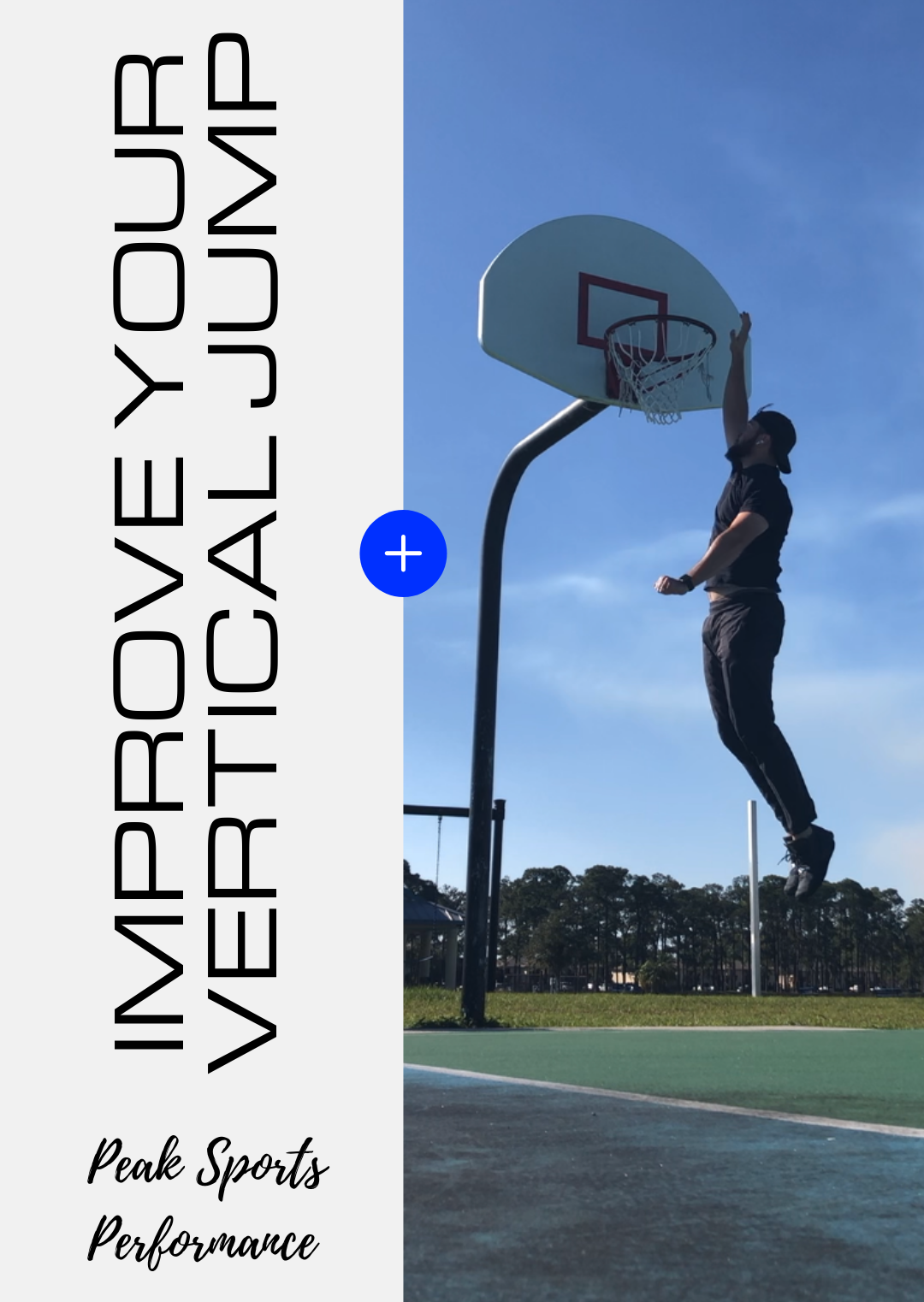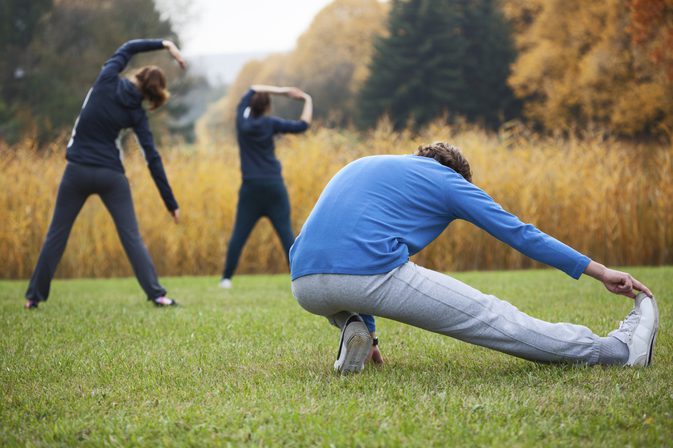You’ve had a long day of work and have more stuff to do when you get home. So, when you finally do make it into the gym, you hop straight into your workout only to realize how sore your shoulder is mid-set of a bench press. You decide to lift a little lighter because of the shoulder and end up missing out on some valuable time to make #gainz.
What step did you miss? Was there something you could’ve done to avoid this?
The answer is yes.
Planning out a detailed warm-up to get the body prepared to train is one of the most important things strength professionals do with their athletes. Everyday professional and collegiate level athletes meet before their practices to perform a team warmup that includes two portions. Sure, strength and power are the goals. But if your body isn’t ready to go then you may end up training at a lower level and slowing your progress down the road.

You should have two stages to your warm-up:
1-General warmup- This includes things that increase your heart rate and body temperature focusing on getting the entire body moving. Ex. Treadmill jog, elliptical, rowing machine, seated bike, or jump rope
2- Specific warmup- This differs from general because it’s going to be exercises tailored to your specific needs. You are now trying to prime areas of the body that need hinder your workout or could use mobilization drills to allow for better movement. Ex. Someone with limited hip range of motion would have 2-3 exercises that help to open the hips and help to transition into the training portion smoothly. It’s a very important point in your training where you’re focusing on things that could hold you back and limit your quality of work.
Improve and Prepare
Instead of the term “warm-up”, let’s say “improvement”or “preparation” periods. Many people hear the term “warm-up” and associate it with something closer to Richard Simmons on an aerobic step or jogging a lap around a track. Instead, let’s change our view to making it a specific period of growth that can immediately make an impact on your day. Imagine cleaning up your hip pain before you do a lower body workout and leaving the gym feeling like you did something positive for your body. Instead, you skip the prep period and end up limping out of the gym because the workout made your sore hip even worse.
We have to place emphasis on prepping the body because of the information it gives us about your readiness to work. For example, in the scenario from our introduction we mentioned a common situation in which a person coming in to workout rushes into their workout and notices a cranky feeling in the shoulder while bench pressing. A properly planned prep period could have brought to light that the shoulder feels a little stiffer than usual. This would warrant a few specific exercises tailored to improve range of motion in the shoulder joint before the workout even begins. This person can now go into bench pressing with a better joint environment and train at a greater intensity = steady progress.
Biofeedback: Your body trying to tell you something
Rushing into your workouts leads to more harm than good. You can knock your workout out as fast as you want, but chances are your joints will not appreciate it later on. The prep period is not only a good time to improve on specific things, but also a way to listen to the feedback your body is giving. It’s very possible that you didn’t even realize you hip was so restricted and is limiting your squat movement. By doing a few hip focused drills before you go into it, you are doing a daily routine check-up of your body before you ask it to perform. Imagine if your car was making a funny clunking sound as you drove it to work and you realize you haven’t taken it to be serviced in 2 years. You have to realize that the 5-10 minutes before your workout can and should be used to look under the hood and keep your body running right.
This is also one of the few times where you are going to isolate the body into parts instead of as a complete system or movement. Overall, we want to train and teach the body to work as a whole instead of one muscle group independently. The only group this wouldn’t apply to are bodybuildings that are competing. You can use this time to isolate an area (like the ankle) and work specifically on the area to measure improvements in movement and range of motion. However, at the end of your prep, you should have a way to test a movement that includes the joint that you worked on to see if that work really helped or not. To read more about why we need to work the body as a system, click here for a previous post explaining it more in depth.
To sum all of this information up and give actionable steps that you can take with you:
- A warm-up should include a general portion for 5 minutes and a specific portion for 5-10 minutes that focuses on improving joint mobility that may limit your training or need extra TLC.
- You need to view the warm-up as time to listen to the feedback your body gives and use that feedback to make improvements.
- In order to make sure your specific drills are making an impact on your movement, make sure you have ways to do before and after testing (i.e. body weight squat before and after working on ankle mobility).
- TAKE HOME: Before your next workout, spend 5 minutes getting your heart rate up with cardio and 5 minutes figuring out what joint (whether it’s shoulder, hip, ankle, wrist, elbow) needs more attention and is giving you issues so you can plan on how to make an improvement.
If these articles have benefitted you, please share or like to help this reach more people.
Follow @AthleticAgain on Instagram for daily workouts and videos of me showing you to how to make easy, healthy meals.
Follow @AthleticAgain on Twitter for updates and news on what’s next.
Until next time.

